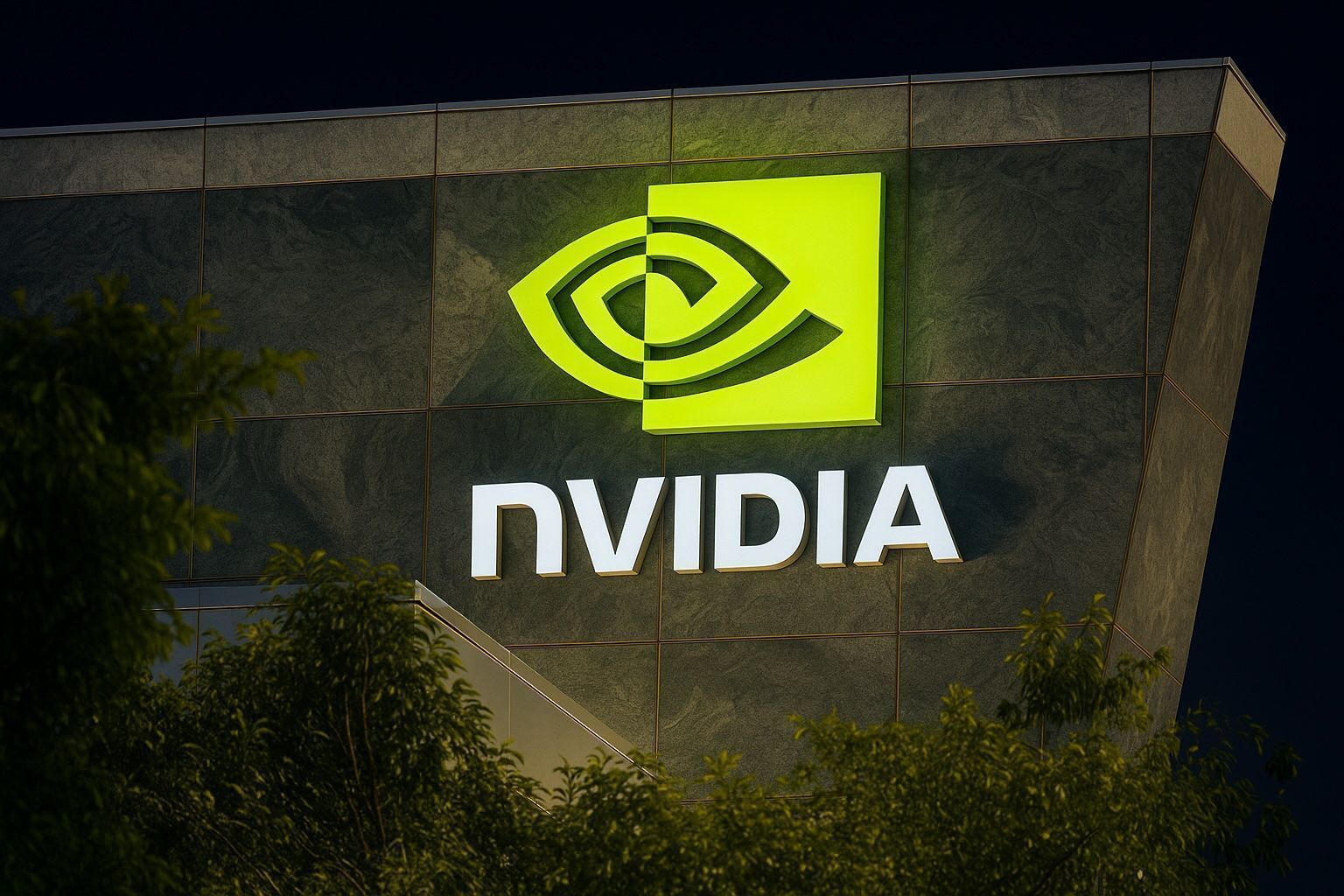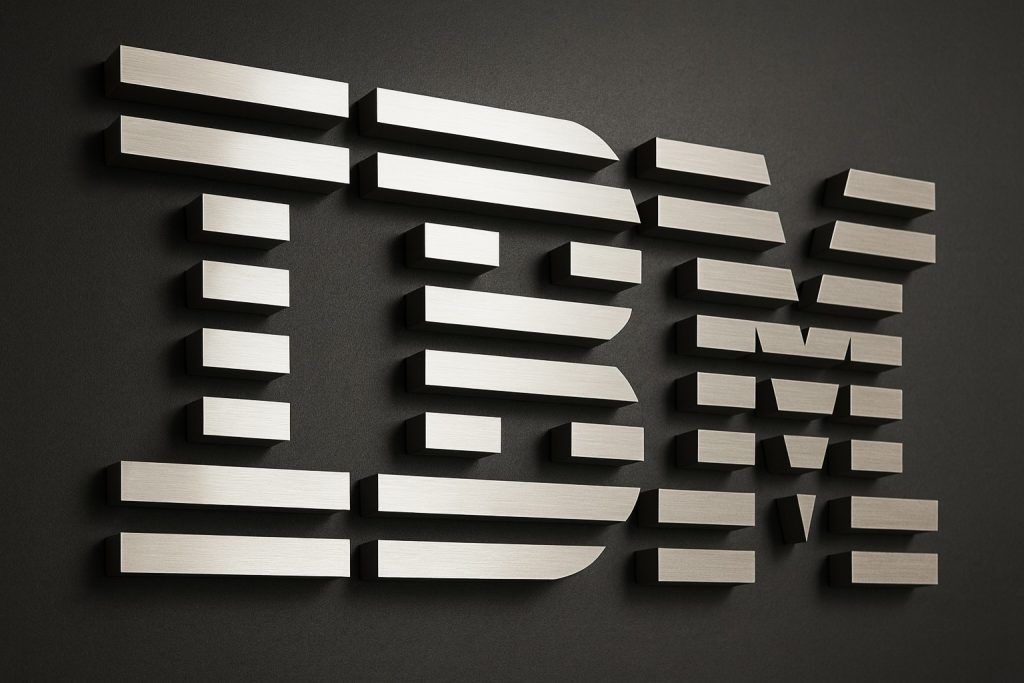Dateline: November 7, 2025
Summary: Nvidia stock finished essentially flat on Friday after a bruising week for AI names, as fresh U.S. export limits and Beijing’s new guidance on state-funded data centers tightened the vise on sales into China. CEO Jensen Huang said there are no active talks to sell Blackwell chips to Chinese customers. Traders now pivot to the next near-term catalyst: Nvidia’s Q3 FY26 results on November 19, 2025 (after market). [1]
Key takeaways
- Price & weekly move: NVDA closed $188.15 on Nov. 7, up 0.04% on the day but down roughly 9% for the week (from Monday’s $206.88 close), reflecting a broad shakeout across AI-heavy tech. [2]
- China sales pressure intensified: The White House will block Nvidia’s scaled‑down B30A AI chip from China, and Beijing ordered state‑funded data centers to use domestic chips—both developments curb near‑term China revenue. [3]
- Management stance: Jensen Huang said there are “no active discussions” to sell Blackwell into China and Nvidia is not planning to ship anything to China right now. [4]
- Macro backdrop: The Nasdaq logged its worst week since April amid worries about an AI‑capex “air pocket,” even as major indexes finished mixed Friday. [5]
- Ecosystem signal: Nvidia‑backed storage firm Vast Data inked a $1.17B multi‑year deal with CoreWeave, underscoring secular AI infrastructure demand despite tactical volatility. [6]
NVDA price action today (Nov. 7)
Shares closed at $188.15 (+0.04%). Thursday’s –3.65% drop set the tone for a choppy Friday; the stock ultimately stabilized into the close. For the week, NVDA fell about 9% (Monday close $206.88 → Friday close $188.15), mirroring broader risk‑off sentiment in AI leaders. [7]
Market context: While the Dow and S&P 500 eked out gains, the Nasdaq ended slightly lower Friday and capped a tough week as investors reassessed the pace and sustainability of AI spending. [8]
The 6–7 Nov catalysts that moved Nvidia
1) New U.S. curbs on “China‑safe” chips
A Reuters report said the White House won’t permit sales of Nvidia’s latest scaled‑down AI chip (B30A) to China, tightening export controls beyond prior “compliant” parts. Nvidia told Reuters it has “zero share” in China’s competitive data‑center compute market and does not include China in guidance. The tougher stance adds uncertainty to any China re‑entry path. [9]
2) Beijing’s guidance on state‑funded data centers
In parallel, Reuters reported China instructed state‑funded data‑center projects to use domestically made AI chips, and projects less than 30% complete must remove foreign chips or cancel planned purchases. Practically, that walls off a large slice of demand that once relied heavily on Nvidia accelerators. [10]
3) CEO commentary: no Blackwell sales to China “right now”
From Taiwan on Friday, CEO Jensen Huang reiterated there are no active talks to ship Blackwell into China and Nvidia isn’t planning to ship anything there now, a posture consistent with the above policy shifts. Markets treated the comment as confirmation that China revenue will remain de minimis near‑term. [11]
4) AI‑capex narrative recalibrated
OpenAI’s Sam Altman clarified the company does not want government guarantees for its massive data‑center plans, reframing perceptions around how aggressively the industry will finance the next leg of AI build‑out. That added to investors’ week‑long debate over timing and mix of 2026–2027 AI capex. [12]
5) Signals that long‑cycle demand persists
Even amid the selloff, infrastructure commitments continue: Nvidia‑backed Vast Data signed a $1.17B CoreWeave agreement, and Reuters highlighted fresh large‑scale AI data‑center financing tied to Oracle. These support the multi‑year demand case for high‑end compute where Nvidia still leads. [13]
What it means for Nvidia’s setup
- China: With U.S. restrictions tightening and Beijing steering state‑funded projects to domestic chips, Nvidia’s near‑term China data‑center sales remain severely constrained. Management’s on‑record stance suggests investors shouldn’t underwrite a quick China rebound. [14]
- Ex‑China demand: Secular demand signals—hyperscalers, sovereign AI, and “neo‑cloud” providers—remain intact, though the pace at which 2026 capacity gets funded is the debate now driving volatility. [15]
- Stock driver next:Earnings on Nov. 19 (after market). Street focus: Blackwell ramp cadence, data‑center revenue trajectory, supply constraints (packaging/memory), and any commentary on 2026 capex visibility. Nvidia IR lists Nov. 19, 2025, 2:00 p.m. PT for the Q3 FY26 release and webcast. [16]
By the numbers (Nov. 6–7)
- Thu, Nov. 6: NVDA –3.65% (close $188.08) after opening near $196.42 amid China headlines. [17]
- Fri, Nov. 7: NVDA +0.04% (close $188.15), stabilizing into the bell as indexes finished mixed. Week‑over‑week, roughly –9%. [18]
What to watch next
- Nvidia Q3 FY26 earnings (Nov. 19, after market): revenue mix (Hopper vs. Blackwell), Blackwell supply, networking attach, and any color on H20/export‑compliant products outside China. [19]
- Policy flow: any follow‑up rules from Washington or Beijing impacting shipment approvals, plus enforcement signals around state‑funded DC guidance in China. [20]
- AI infrastructure financing: continued mega‑debt deals and hyperscaler capex updates that corroborate (or temper) multi‑year demand assumptions for AI compute. [21]
Disclosure/Disclaimer: This article is for informational purposes only and does not constitute investment advice. Always do your own research and consider consulting a licensed financial advisor.
References
1. www.morningstar.com, 2. www.investing.com, 3. www.reuters.com, 4. www.reuters.com, 5. www.reuters.com, 6. www.reuters.com, 7. www.investing.com, 8. www.reuters.com, 9. www.reuters.com, 10. www.reuters.com, 11. www.reuters.com, 12. www.reuters.com, 13. www.reuters.com, 14. www.reuters.com, 15. www.reuters.com, 16. investor.nvidia.com, 17. www.investing.com, 18. www.investing.com, 19. investor.nvidia.com, 20. www.reuters.com, 21. www.reuters.com







